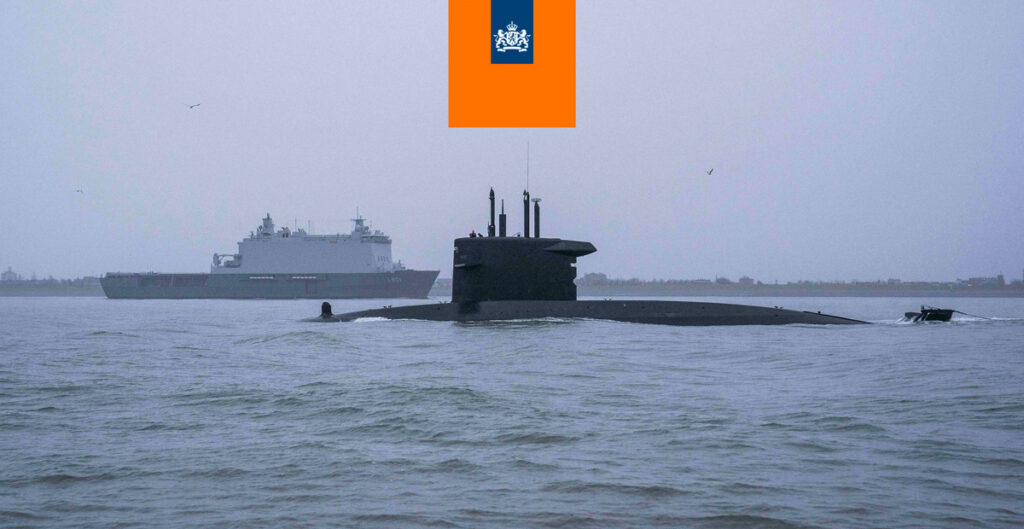OptiFender MaaS (Monitoring as a Service) is changing how companies monitor high-voltage assets like transformers, switchgear, and cable accessories. This innovative solution provides 24/7 monitoring and precise localization of partial discharges (PD). Best of all, it requires minimal involvement from asset owners or service companies. Our out-of-the-box algorithms and advanced 3D localization deliver essential insights for maintaining the dielectric health of critical assets. By eliminating the need for CAPEX investments and reducing operational planning, OptiFender MaaS makes asset management easier, faster, and more effective.
To give you a closer look at this cutting-edge technology, we spoke with Pavlos Vlasopoulos, the Product Manager behind OptiFender MaaS. He shared insights on the project, its value, and what’s on the horizon. From the early “aha” moments to exciting future developments, here’s what Pavlos had to say:
What’s been the most exciting part of working on OptiFender MaaS?
One of the most thrilling moments for me was seeing OptiFender MaaS perform in real-world scenarios. With 24/7 monitoring and our algorithms in action, the system proved to be highly sensitive and unaffected by electromagnetic interference. I realized we had something special when I saw how accurately we could locate partial discharges. This level of precision and reliability truly sets us apart.
Can you give us a quick overview of how OptiFender MaaS works?
The process is straightforward for asset owners or service companies looking to monitor an asset for PD. Though the steps may vary slightly depending on the project, let me walk you through a typical transformer monitoring scenario commissioned for several months:
- Identifying the need: The asset owner or service company wants to monitor an asset online for PD. They aim to classify the PD, determine its severity, and identify remediation steps.
- Contacting Optics11: They share site and asset information. Optics11 and a service company then plan the installation.
- Installing the system: The asset is de-energized for 1 to 4 hours while we place sensors and set up the system.
- Online PD monitoring: Once set up, data acquisition begins, and our PD experts start monitoring.
- Monthly reporting: At the end of each month, the asset owner receives a report with monitoring results, localization insights, and next steps.
- Decommissioning the system: After the monitoring period, we remove the system and sensors. This usually takes less than an hour of de-energization.
Throughout the process, the asset owner doesn’t need to worry about materials, time, or expertise. We handle everything with the support of the service company.
How does OptiFender MaaS add value to service companies and asset owners?
OptiFender MaaS lifts the burden off asset owners. They don’t need CAPEX investment or extensive operational planning. If they want insights into the dielectric health of their assets and need to monitor or localize PD, they simply engage us. Optics11 and our partner take care of the rest.
For service companies, it opens up a new revenue stream. Instead of investing millions in CAPEX or hiring experts for offline PD tests, they can deploy our system. With a technician and sensors, they can detect and localize PD within a day. This provides precise results with minimal resources.
What do you think users will love most about OptiFender MaaS?
The minimal disruption. Everyone has a full task list, and dealing with dielectric health issues can feel overwhelming. OptiFender MaaS takes that burden off their plate. Our experts handle the monitoring with advanced tools, making their work more efficient and less stressful.
What’s something about OptiFender MaaS that would surprise people?
The precision of our 3D localization would amaze them. Imagine placing sensors across an asset and, over the monitoring period, pinpointing exactly where partial discharge occurs. It’s fully remote and doesn’t require zoning. The accuracy is unlike anything else on the market.
What’s next for OptiFender MaaS?
We’re constantly innovating. Without revealing too much, I can say that something big is on the horizon. We are pushing the boundaries of what’s possible in dielectric health for high-voltage assets. Expect more precision and enhanced predictive power. Stay tuned—there’s a lot more coming soon!










